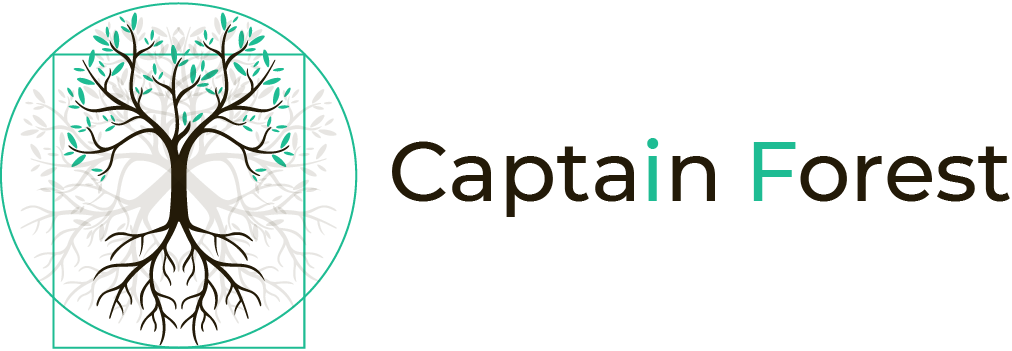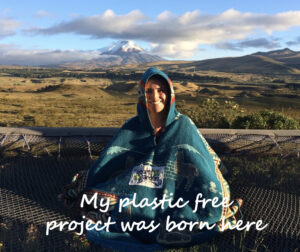Reducing Waste By Over 90% Over a Few Years Is Feasible
Every year, 12 million tons of plastic enter the ocean. While debates continue about whether recycling can solve the plastic crisis, which scope—1, 2, or 3—should measure plastic emissions, or if technology will save us, 12 million tons of plastic still enter the ocean every year.
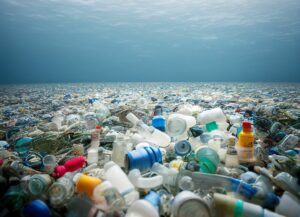
I have been living plastic and waste-free for five years. Since I began my journey, I can’t count how often I was told that the natural, DIY solutions I use don’t fit into a busy urban life and that better, innovative, effortless solutions would emerge soon.
Yet, five years later, I haven’t seen significant progress—perhaps a few more stores popping up in the city where I live, but they are still selling the same products as years ago.
If 12 million tons of plastic keep entering the ocean every year and progress towards a zero plastic society is slow, how long will we wait? Why not use what we already have at hand—be it low-tech and natural?
How My Journey Toward a Plastic and Waste-Free Life Began
I had been learning about the environmental crisis between 2015-2018, but my efforts were still confined to the conceptual stage—watching films, reading reports, and discussing with friends.
Although I sincerely believed in protecting the planet and held strong ecological values, my actions were not aligned with those beliefs—I was talking but not truly acting.
During a trip to Ecuador, after a deep immersion in nature, I committed to stop contributing to environmental harm. When I returned to Paris on September 29, 2019, I decided to go plastic-free for a year.
Why did I focus on plastic among so many pressing environmental issues?
- First, plastic is a visible pollution that directly harms the ocean, a place I hold dear.
- Second, plastic additives present toxic properties for our health, including endocrine disruption and other long-term health risks.
- Third, plastic is a symptom of a larger problem: a capitalist and extractivist system pushing for mass consumption enabled by the proliferation of single-use items fueling an endless cycle of waste.
- Fourth, plastics are made from fossil fuels, and while for some, it’s associated with emissions and climate change, for others, it rhymes with colonization, wars, and blood.
Therefore, eliminating plastic is not only about reducing a significant source of pollution and protecting biodiversity or our health; it also involves rejecting an economic and societal model rooted in mass consumption, disposability, exploitation, and colonization.
When I stopped using plastic, I finally found true alignment between my actions and my ecological and societal values.
Effective Solutions for Embracing a Plastic and Waste-Free Life
Summary of my zero plastic and waste journey
Eliminating plastic was challenging. After the first year, I cut out about 80% of it, and after the second year, around 90%, while halving my other waste.
In my fifth year, from October 2023 to October 2024:
- All my plastic waste fits in a shoe box, most of which I refer to as “accidental “—those unexpected items I encountered in unavoidable situations,
- All of my weekly non-recyclable waste fits into a small trash bin of less than 10 liters. You might find inside orange peels and organic food waste that I cannot compost, as well as a bit of aluminum, because, yes, I enjoy chocolate occasionally!
Which actions did I take to eliminate plastic and waste?
- I eliminated all sorts of plastic and waste packaging,
- I composted all my organic waste,
- I focused on minimizing food waste,
- I sorted my waste to recycle items like glass and other recyclable materials.
To reduce most plastics and waste packaging, I focused on a few sectors:
- Food and beverage: I cook and drink filtered tap water, which works for me. Also, I always carry my bottle, lunchbox, and reusable cutlery for food takeaway, for which I also pay attention to avoid taking food that was obviously wrapped in plastic before.
- Cosmetics: I make my cosmetics using natural products and embrace minimalism—I rarely wear makeup.
- Households: I make my own, mainly combining three products: vinegar, black soap, and baking soda.
- Textiles: I reduce my consumption of textiles and pay attention to all the labels before making a purchase. Even for my hiking/running gear, I’m replacing polyester with organic cotton, which suits me perfectly.
- Electronics: I aim to keep them as long as possible, repairing them when necessary.
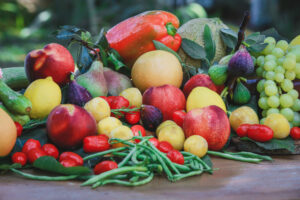
Anyone familiar with zero waste would say there is nothing novel about what I did. However, I achieved these results only because I prioritized zero plastic and waste over everything else.
I can understand that not everybody would embrace this lifestyle, which brings me to share with you the barriers to the plastic and waste-free lifestyle and what to do about it.
Barriers to a Plastic and Waste-Free Lifestyle: Understanding the Issues and Taking Action
Availability of zero plastic and waste alternatives
The most significant barrier to adopting a plastic/waste-free lifestyle is the availability of alternatives. While some cities offer more options than others, it’s crucial to recognize that not all products have viable substitutes. Additionally, many options may not be as convenient or esthetic, and some can be prohibitively expensive.
However, wherever we live, alternatives do exist when we accept embarking on a journey requiring dedication, creativity, and a willingness to find natural solutions on our own. Embracing a DIY mentality and accepting that you’ll be on a learning curve is key. If things aren’t perfect, building toward sustainability over time matters most.
Moreover, imagine if we had to replace every existing product with a plastic/waste-free alternative. Would that be sustainable? It could be or not, depending on how it is done.
The real challenge we need to address is learning to reduce our consumption patterns in the first place and eliminate unnecessary products altogether. Instead of simply seeking substitutes, it may be more relevant to stop purchasing certain items, especially single-use ones.
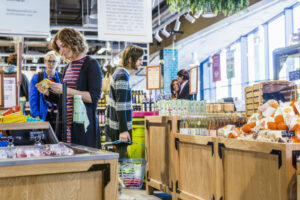
I understand that many people dislike refraining from buying, and strategy consulting firms likely wouldn’t hire me for suggesting this.
Nonetheless, the essential question remains: how can we hope to tackle the environmental crisis without reducing the volume and variety of products available in the marketplace?
The answer is straightforward: sustaining the planet and our insatiable needs is incompatible.
Effortless zero plastic and waste transition
That leads to a second important barrier to zero plastic and waste. How often haven’t I heard from people I know and those I do not know that they would like to stop using plastic, but it has to be effortless, meaning that their lives would remain unchanged and they would simply substitute products?
We must remember that we lived in an exceptional period in History—most goods in the market today didn’t even exist a few decades ago. The level of comfort we got used to is making us lazy, destroying the planet, and depriving both 80% of the global population of living a decent life and the next generations of living on a resourceful planet.
The effort required to reduce much of our waste is not even tremendous. If only people committed to cooking at home, drinking filtered tap water, using natural products, reducing their consumption, and carrying their own bottle and lunchbox to eat and drink, they would undoubtedly cut down on a significant amount of waste.
Relationships with others during the zero plastic and waste transition
A third barrier is relationships with others—family members, friends, colleagues, or salespeople. Your plastic/waste-free lifestyle may seem odd to those who don’t understand your commitment to this goal.
My best advice is to avoid convincing others to follow your path. Instead, focus on onboarding those who are genuinely curious and ready to learn.
Live your plastic/waste-free life in parallel with your friends or family members. While you can’t force them to be plastic-free, they can’t compel you to use plastic. The key is to find balance and respect each other’s space—always with a positive attitude!
Self-Imposed Barriers to Behavioral Change
Another barrier is the self. Our brains are conditioned to maintain our current lifestyles because we’ve ingrained certain behaviors over time, making it difficult to change our patterns. In this case, personal work is essential to alter your lifestyle successfully.
Wrapping Up: Practical Steps for Taking Action
The journey to a plastic and waste-free lifestyle takes time—in my case, it took a year, and I continued to improve over time.
I would never blame anyone for using plastic because our entire society is built around the convenience of single-use products.
Just by taking as simple actions as having a reusable bottle, lunchbox, and cutlery, drinking tap water, spending more time in the kitchen, and reducing consumption, you can eliminate part of your waste, including plastic.
The plastic and waste-free journey is about raising your awareness level, learning practical tips, developing consciousness, and challenging many ingrained beliefs.
If you’re interested in embarking on a zero plastic and waste journey, register here so I keep you updated on my upcoming “Zero Waste S/Hero” sessions.
I will be here to share everything I have learned with you and assist you in customizing your journey.

